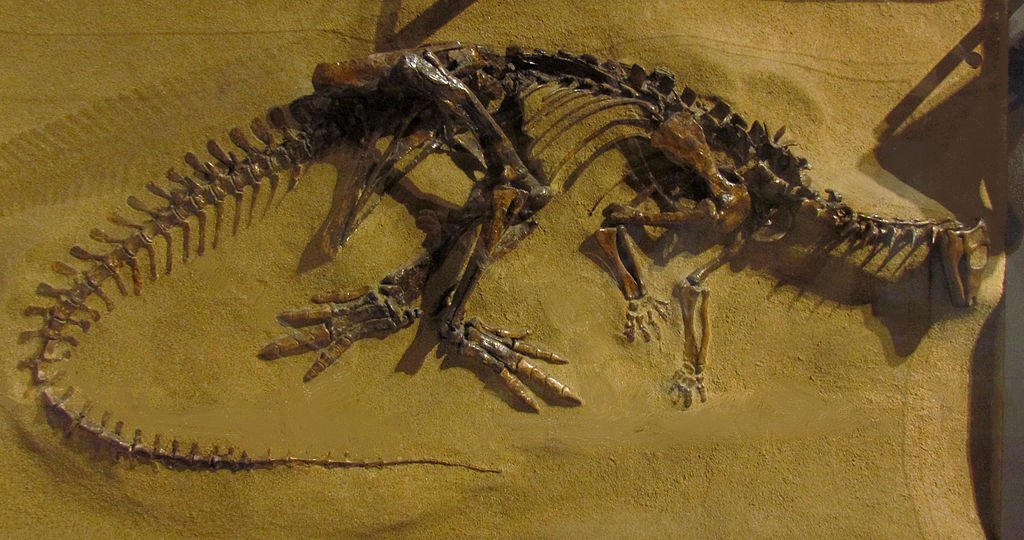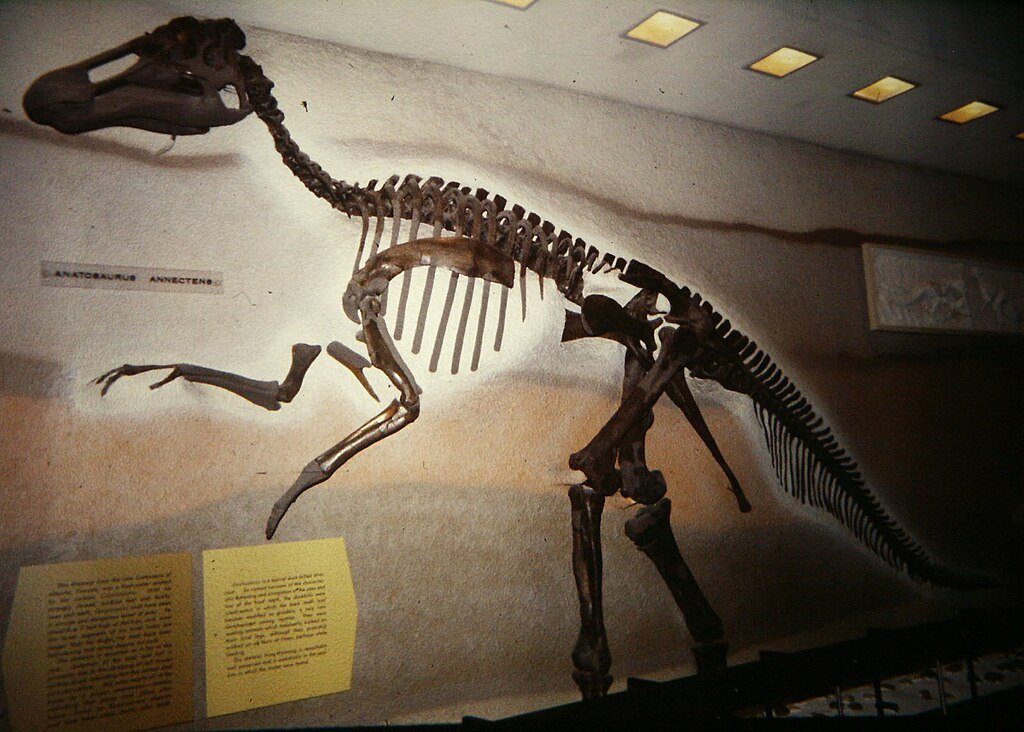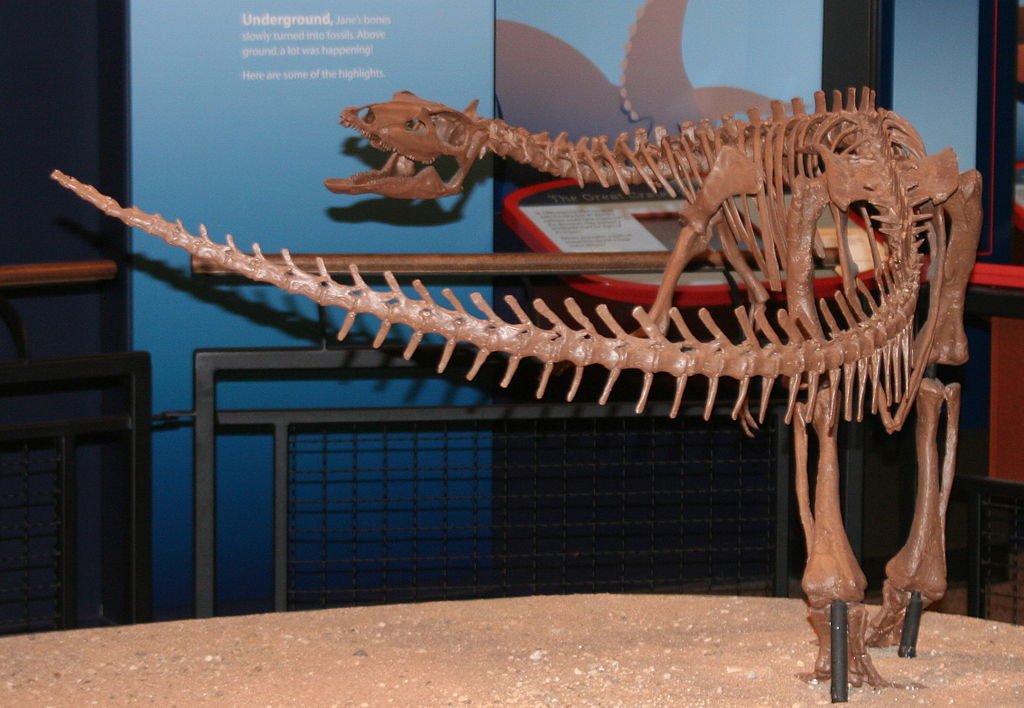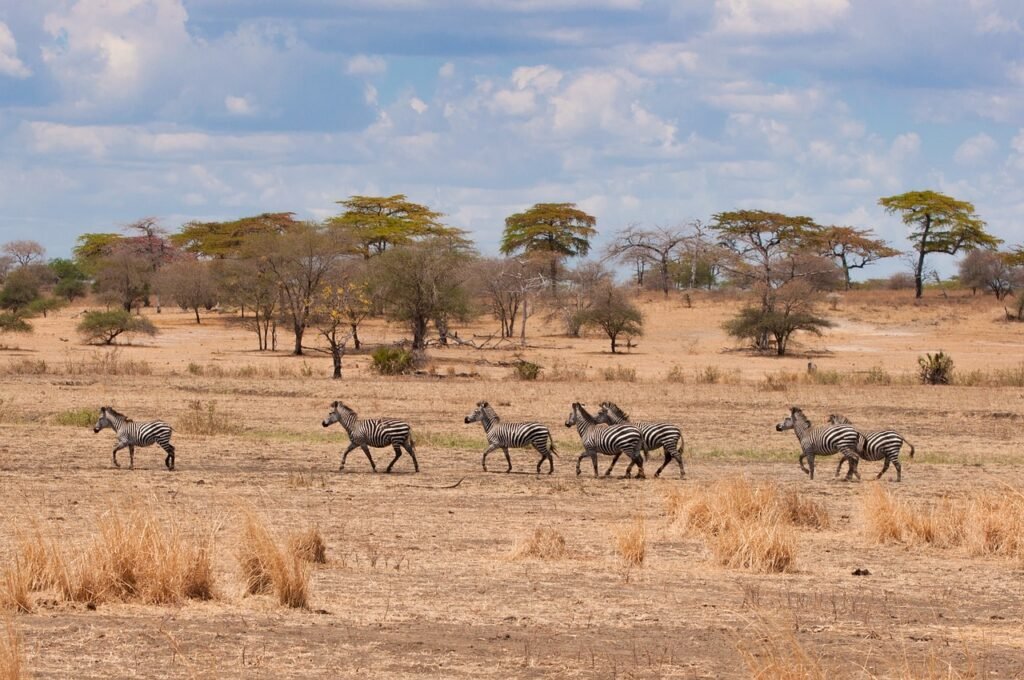A partial dinosaur fossil has been discovered 763 feet beneath the parking lot of the Denver Museum of Nature and Science, making it the oldest and deepest dinosaur fossil ever found within city limits. The vertebra, dated to approximately 67.5 million years ago, belonged to a small herbivorous dinosaur that roamed the tropical swamps and floodplains of the Late Cretaceous, just before the mass extinction that ended the age of dinosaurs.
A Serendipitous Discovery

The fossil was uncovered during a geothermal drilling project aimed at exploring sustainable energy options for the museum. Scientists took the opportunity to conduct a coring study of the Denver Basin’s geology and, against all odds, retrieved a vertebra from a narrow borehole. The find is considered exceptionally rare, with only two similar borehole fossil discoveries ever recorded globally.
Identifying the Dinosaur
The fossil is believed to belong to a small ornithopod dinosaur, possibly a Thescelosaurus or Edmontosaurus. These plant-eating dinosaurs were common in the region during the Late Cretaceous and typically measured 10–12 feet long. The vertebra’s shape and context suggest the animal lived in a swampy, vegetated environment, possibly near a pond or river system.
Geological and Historical Significance
The fossil was recovered from the Denver Formation, a fossil-rich layer known for preserving a wide range of prehistoric life. Previous discoveries in the area include triceratops bones found during construction of Coors Field and Denver International Airport. This new find adds to the diversity of known dinosaurs in the region and underscores the scientific value of urban geology.
Conclusion

This unexpected fossil find beneath a museum dedicated to natural history is both poetic and scientifically thrilling. It offers a rare glimpse into the ecosystem that once thrived beneath modern-day Denver and highlights the potential for future discoveries hidden in plain sight.
Source:




